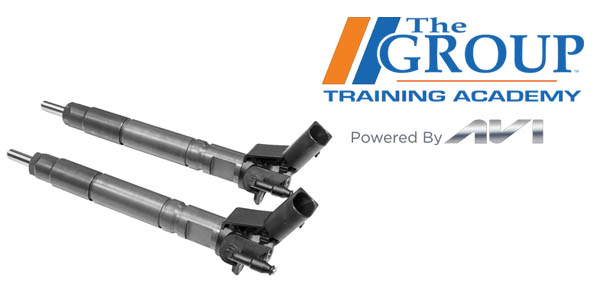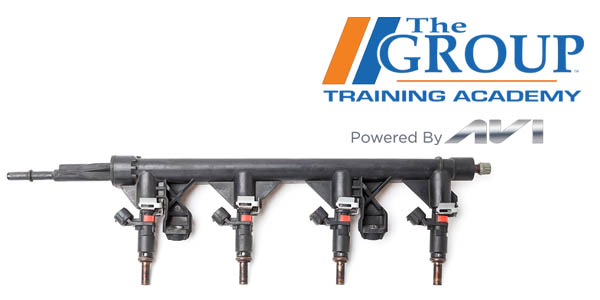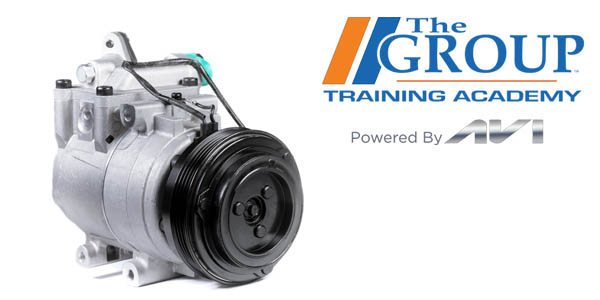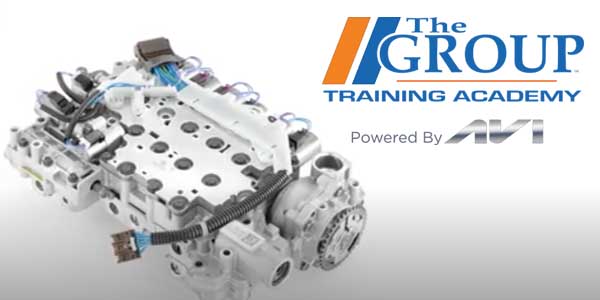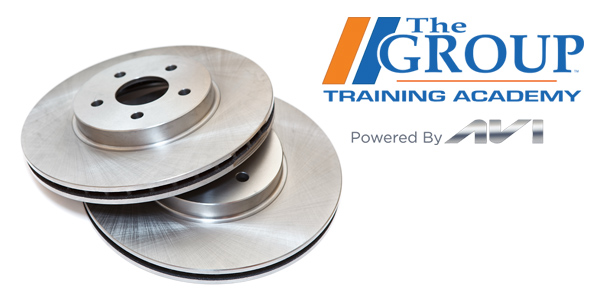Most thermostats use wax inside a brass chamber that expands when it is heated. When it expands, it pushes on a pin or piston that is connected to the plate and spring.
Movement of the plate allows coolant to flow from the bypass coolant circuit to the circuit that has the radiator. This system has been in operation since the 1950s.
Thermostats can suffer mechanical damage that prevents them from closing and opening. This can include damage to the springs and straps on the body of the thermostat. Also, debris and corrosion can prevent a thermostat from working. Overheating can damage the wax in the thermostat.
This is why it is always a good practice to replace the thermostat on a vehicle after it has overheated.
This video is sponsored by Auto Value and Bumper to Bumper.

